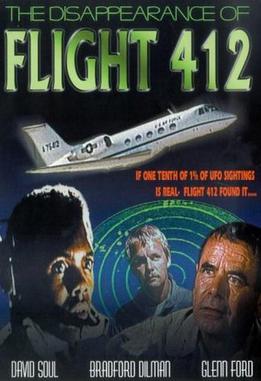 In the post-civil war west, two Calvary troopers steal a Gatling Gun, the weapon that was invented to be such a powerful instrument of death that people would stop fighting wars just to avoid finding themselves in front of its barrel. (It didn’t work out that way, of course.) With the help of a pacifist reverend named Harper (John Carradine), they smuggle the gun into Apache territory. Rev. Harper thinks that the gun is going to be destroyed and, thus, another instrument death will be eliminated. from the world Instead, the greedy troopers are planning on selling the gun to Apache Chief Two Knife (Carlos Rivas). Two Knife has promised a fortune’s worth of gold to anyone who can deliver to him the deadliest weapon in the west.
In the post-civil war west, two Calvary troopers steal a Gatling Gun, the weapon that was invented to be such a powerful instrument of death that people would stop fighting wars just to avoid finding themselves in front of its barrel. (It didn’t work out that way, of course.) With the help of a pacifist reverend named Harper (John Carradine), they smuggle the gun into Apache territory. Rev. Harper thinks that the gun is going to be destroyed and, thus, another instrument death will be eliminated. from the world Instead, the greedy troopers are planning on selling the gun to Apache Chief Two Knife (Carlos Rivas). Two Knife has promised a fortune’s worth of gold to anyone who can deliver to him the deadliest weapon in the west.
Before the gun can be exchanged, the reverend, his daughter, and the two deserters are intercepted by a group of Calvary troops led by Lt. Wayne Malcolm (Guy Stockwell). One of the deserters is killed while the other, Pvt. Sneed (Robert Fuller) is captured.
However, Chief Two Knife still wants what he calls “the king gun.” Malcolm and his troops find themselves pinned down by the Apaches. Can Malcolm, with the help of a rancher (Phil Harris), a scout (Woody Strode), and a cook (Pat Buttram), keep both the gun and the all important firing pin from falling into the hands of Two Knife?
The Gatling Gun is a low-budget western that would probably be today forgotten except that it has fallen into the public domain and has been included in several DVD box sets. It has the flat, generic look of a Western television show and Guy Stockwell’s stiff performance may be believable for a 19th century Calvary captain but it’s still doesn’t exactly make for compelling viewing. The main problem is that the most exciting and interesting part of the story, the two deserters stealing the gun and tricking the Reverend into helping them, occurs off-screen and the movie instead begins with Malcolm capturing Sneed.
Western fans will mostly want to watch this one to see John Carradine and Woody Strode, two very different actors who were both favorites of John Ford’s and who appeared in several other, better westerns. (Strode and Carradine had both previously appeared in The Man Who Shot Liberty Valance, to name just one example.) Carradine is typically theatrical, delivering his lines like the old Shakespearean that he was. Strode, as usual, is stoic but his imposing screen presence makes him the most memorable of the film’s heroes. Also keep an eye out for Patrick “son of John” Wayne, playing the rancher’s son.
Though The Gatling Gun has the look of a film that was shot on a studio backlot in Hollywood, it was actually filmed, on location, in New Mexico. The state’s then-governor, David Cargo, has a small role as Corporal Benton and is listed in the credits as “Honorable Governor David Cargo.” A look at his imdb page reveals that David Cargo appeared in four films while he was governor. All of them were filmed in New Mexico so I guess casting the governor was a requirement for filming in that state. When Cargo left office in 1971, his movie career ended.
